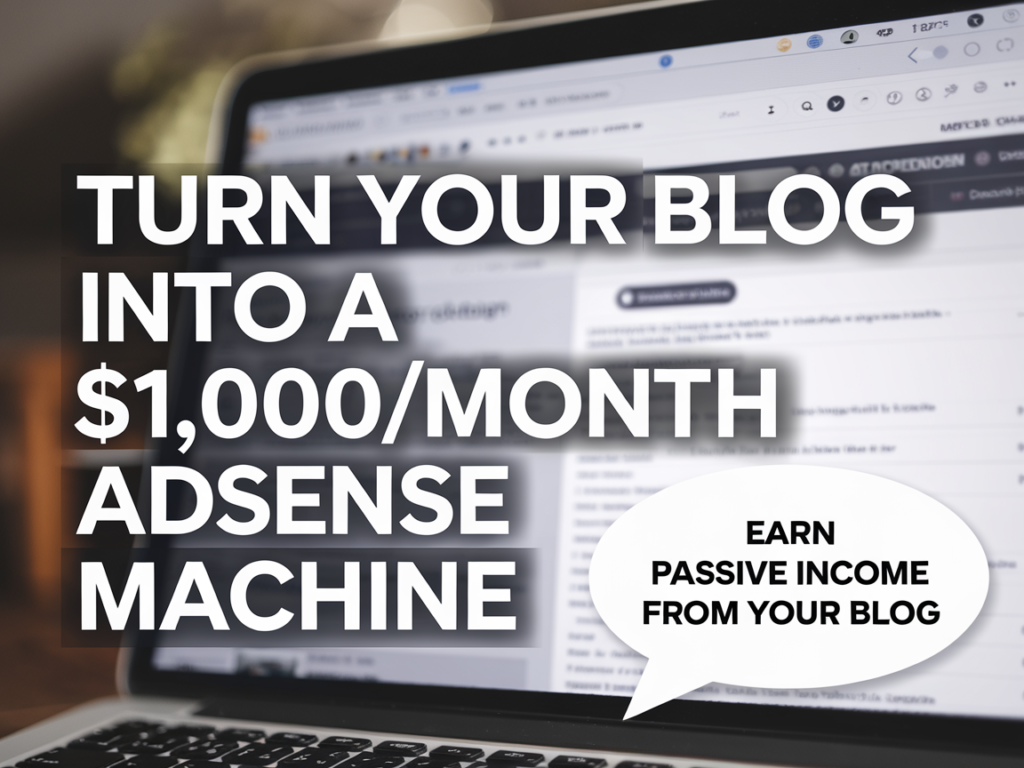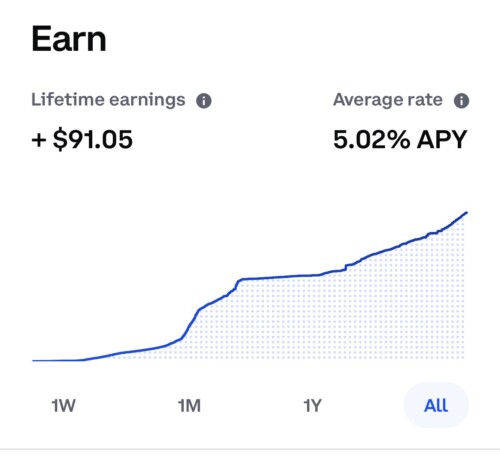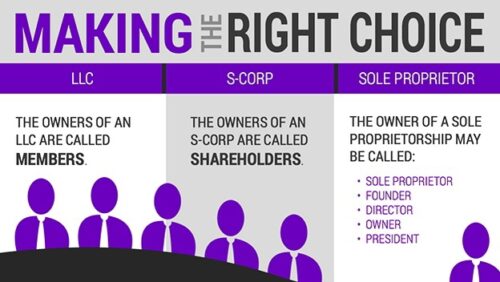
Many bloggers aspire to monetize their websites and generate a steady income through online advertisements. Google AdSense is a popular advertising platform that allows website owners to display ads and earn revenue based on user interactions. However, the question remains: Is it possible to make $1000 per month with Adsense earnings from your blog? In this article, we will explore the factors that influence Adsense earnings and provide insights into strategies that can help you maximize your revenue potential.

1. Understanding AdSense Earnings
AdSense earnings are influenced by various factors, including website traffic, ad placement, ad relevancy, niche competitiveness, and user engagement. While some bloggers have achieved significant monthly earnings with Adsense, it is important to set realistic expectations and recognize that individual results may vary.
2. Building Quality Content and Increasing Traffic
One of the key drivers of Adsense earnings is the amount and quality of traffic your blog receives. To increase your chances of reaching $1000 per month, focus on creating high-quality, engaging content that resonates with your target audience. Implement effective SEO strategies to improve your website’s visibility in search engine results and attract organic traffic. Utilize social media platforms, email marketing, and other promotional channels to expand your reach and drive more visitors to your blog.
3. Optimizing Ad Placement and Formats
Strategic ad placement is crucial for maximizing Adsense earnings. Experiment with different ad formats, such as display ads, text ads, and native ads, to find the ones that generate the highest click-through rates and revenue. Place ads in prominent positions within your blog posts and pages, ensuring they are visible to your readers without being intrusive. However, be mindful of Google’s policies and guidelines regarding ad placement to avoid any violations that may impact your account.
4. Improving Ad Relevancy
Ad relevancy plays a significant role in user engagement and click-through rates, ultimately affecting your Adsense earnings. Google AdSense utilizes contextual targeting to display ads that are relevant to the content of your blog. To increase ad relevancy, focus on producing niche-specific content and targeting specific keywords. This helps Google’s algorithms better understand your website’s focus and deliver more relevant ads to your audience.
5. Analyzing Performance and Making Adjustments
Regularly monitor your Adsense performance and analyze key metrics such as click-through rates, earnings per click, and page RPM (revenue per thousand impressions). Identify trends, strengths, and weaknesses in your ad strategy and make adjustments accordingly. Test different ad layouts, colors, and sizes to optimize their performance. Consider using heat mapping tools to understand user behavior and make data-driven decisions to enhance your revenue potential.
While earning $1000 per month with Adsense is attainable for some bloggers, it requires a combination of factors including quality content, significant website traffic, strategic ad placement, ad relevancy, and ongoing optimization. Building a successful blog that generates substantial Adsense earnings takes time, effort, and continuous refinement of your strategies. Focus on delivering value to your audience, improving user experience, and leveraging data-driven insights to maximize your revenue potential.
Remember that Adsense is just one of the many monetization options available to bloggers. Diversify your income streams by exploring other revenue sources, such as sponsored content, affiliate marketing, digital products, and membership programs. By adopting a multi-faceted approach and continually refining your strategies, you can increase your chances of achieving your financial goals with your blog.



